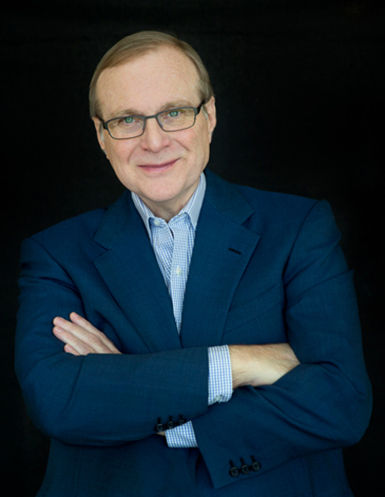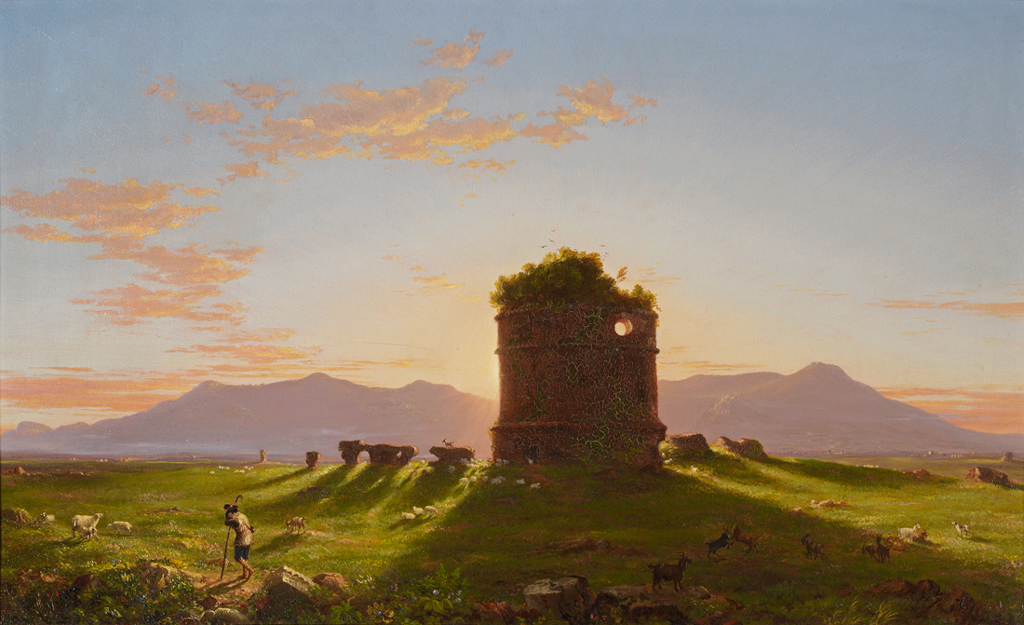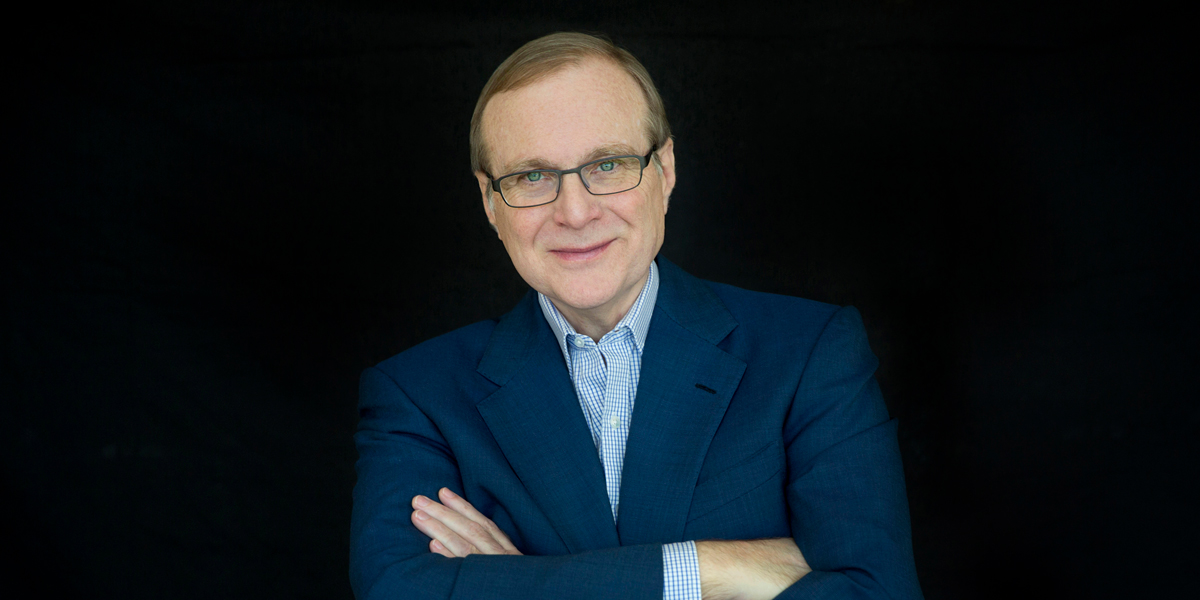[ad_1]

Paul Allen.
COURTESY VULCAN
Paul Allen, an avid art collector and a cofounder of Microsoft, has died at 65. The cause was complications from non-Hodgkin’s lymphoma, his family said in a statement.
While best-known as a pioneer in the technology industry since the mid-1970s, Allen developed a reputation as a ferocious art collector, building a highly regarded collection that was notoriously guarded—for many years, he demanded that his employees keep quiet about his holdings. He made his first appearance on the annual ARTnews “Top 200 Collectors” in 1997, and has been listed in each edition since 1999.
In recent years, he began loosening the secrecy surrounding his collection, which focused on Old Masters, Impressionism, and modern and contemporary art, and included work by artists such as Renoir, Manet, Gauguin, and Seurat, as well as Mark Rothko, Edward Hopper, Alexander Calder, Ed Ruscha, and David Hockney. (In March, he sold a $30 million painting by Willem de Kooning through Lévy Gorvy gallery.)
“Seeing Nature,” a 2015 exhibition that drew from his collection and made stops at the Seattle Art Museum, the Phillips Collection in Washington, D.C., and the Minneapolis Institute of the Arts, presented 39 landscapes, including Jan Brueghel the Younger’s cycle depicting the five senses personified and an 18th-century view of Venice by Canaletto. These paintings appeared alongside works by Cézanne, Monet, J. M. W. Turner, Georgia O’Keeffe, Thomas Cole, and Gerhard Richter.
“As time goes by, you start to understand the history of the progression of art and how art evolved, and your tastes and your eye develop over that period of time,” Allen said at the time. “Some of these works are so amazing . . . so you do feel a real responsibility to keep them safe. You are the custodian. It is a serious responsibility, and I take it as such.”
Although he said he was exposed to art throughout his childhood, Allen attributed his passion for art to a trip to the Tate Gallery in London over 30 years ago, where he encountered the museum’s substantial holdings of work by Turner as well as a large Lichtenstein painting, which left an impression.
It was around the time of the “Seeing Nature” exhibition that Allen began shifting his philanthropic pursuits toward art. Before then, he had primarily concentrated his efforts on supporting the sciences and medicine. He hoped to launch Pivot Art + Culture, an exhibition space in Seattle that would show his collection at first and then expand to other programming. To date, the institution has only held one exhibition, 2015’s “The Figure in Process: de Kooning to Kapoor.”

Thomas Cole, Ruins in the Campagna di Roma, Morning, 1842.
COURTESY SEATTLE ART MUSEUM/PAUL G. ALLEN FAMILY COLLECTION
Paul G. Allen was born in 1953 in Seattle, Washington. Working with Bill Gates, a childhood friend, Allen cofounded Microsoft in 1975. With its focus on personal computers, its operating systems, and its suite of Office products (including the popular programs Word, Excel, and PowerPoint), the company would go on to revolutionize the technology industry. In September 1982, Allen was diagnosed Hodgkin’s lymphoma; he stepped away from the company in March of the following year. (He would go into remission a few months later.)
A few years later, in 1986, with his sister Judy, he founded an investment firm, Vulcan, for which he would continue to serve as chairman until his death. One of the richest people in the world, Allen became a billionaire in 1990. Two years earlier, he established the Paul G. Allen Family Foundation, which helped him support his philanthropic interests in a range of sectors, including climate change and conservation, medicine and scientific research, and homelessness.
Perhaps Allen’s most substantial contribution to the art world was his transformation of Seattle, his hometown, into a culture-tech hub. (His purchase of the Seattle Seahawks in 1997 kept the team from relocating to Los Angeles.) His establishment of the Seattle Art Fair in 2015, the Pacific Northwest’s only major fair, has helped transform the city into an arts destination. In its first year, the fair attracted 60 exhibitors, including the heavyweight galleries David Zwirner, Gagosian, and Pace. Earlier this year, ahead of its fourth edition in August, the fair announced a $25,000 acquisition fund to benefit Seattle’s Frye Art Museum.
Through Vulcan, Allen also supported the installation of public art around Seattle, with commissions by local artists such as Ellen Sollod and Whiting Tennis, as well as two by Spencer Finch. He also established a Museum of Pop Culture and the Flying Heritage & Combat Armor Museum in the city.
Speaking of his decision to begin sharing works from his collection with the public through a traveling exhibition, Allen said that he hoped visitors would have the same experience he had when looking at those Turners all those years ago.
“If I can do a few things—give people the same kind of experience that I had going to the Tate Gallery 30 years ago, just being amazed by the works there,” Allen said in the 2015 interview. “If I can give people a little bit of that experience and open their eyes to the different possibilities of painting and sculpture and other forms of art, that would be a fantastic outcome.”
[ad_2]
Source link

